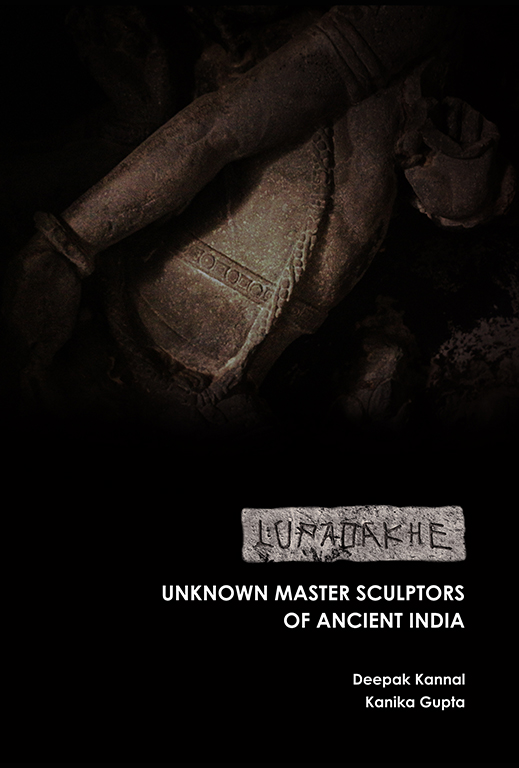Shaping Rocks
Moksha Kumar
Conveying a deep understanding of Indian sculpture, the book ‘Lupadakhe: Unknown Master Sculptors of Ancient India’ promises to alter our artistic perceptions.
‘Lupadakhe (rupadaksa) is a Prakrit term for a sculptor or a painter.
Despite a long inventory of publications on Indian sculpture, the sculptors in ancient India are lost in collective oblivion, either because of the social hierarchy in which they were not placed in enviable strata or because of the a-aesthetical perspective of Indian art historians who did not find it necessary to give a thought to the artistic component of this discipline.’

As testaments to our present and reminders of a glorious past, the exquisite remnants of Indian sculpture continue to surpass their history; even if the traces of their makers are difficult to locate. Whether it is the style or the intrinsic transition in detail, our present understanding of the nuances of sculpture remains quite limited. Lupadakhe: Unknown Master Sculptors of Ancient India, written by Prof. Deepak Kannal and Ph.D. scholar Kanika Gupta, hopes to shed light on the proponents of this discipline through known and unknown works that showcase a mastery that is lost to time.
The individual identities of such distinctive work unfortunately remain absent quite often. But the work remains an example of the artistic genius that once thrived through patronage and guilds. ‘Sculptors formed a fluid part of this huge tradition which can be visualised as a living organism who either chose to work within the structure of guilds or as independent sculptors. These guilds and sculptors moved far and beyond their original lands in search of commissions taking with them the principles, anatomical ideas and markers of the lineage they belonged to’, reads an extract.
The book stands as proof to the fact that to a trained eye the sculpture speaks differently. It transforms into a visual map of craftsmanship, stylistic overture and is a marker of lineage. Every nuance has its place and every deliberation by the sculptor is embedded as their singular vision within the rock. Offering a loving permanence, Lupadakhe is a tribute to beauty and the heritage of the subcontinent’s unsung artistic genius.
Share
